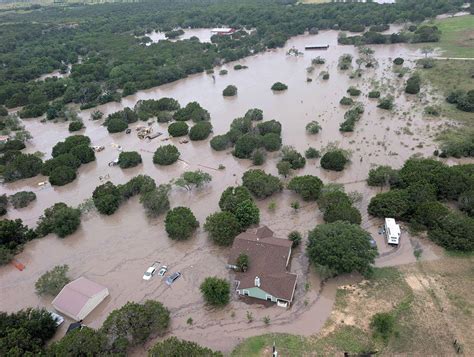
FEMA Chief Resigns Amid Disaster Response Controversy
Acting FEMA Administrator David Richardson Steps Down Amid Growing Turmoil
Acting FEMA Administrator David Richardson has resigned under pressure from the Trump administration, following a tenure marked by leadership controversies, disaster response failures, and internal turmoil. Richardson submitted his resignation on November 17, 2025, with plans to leave after hurricane season, just as the administration prepared to oust him from the critical disaster management role.
Leadership Challenges and Controversial Decisions
Richardson, a loyalist to Homeland Security Secretary Kristi Noem with no prior disaster management experience, faced immediate skepticism when appointed in May 2025. His leadership was repeatedly questioned following a series of eyebrow-raising incidents:
- In June 2025, he infamously told staff he was unaware the U.S. has a hurricane season – a comment later dismissed by DHS as a joke.
- During catastrophic Texas floods in July 2025 that killed over 130 people, Richardson was on vacation and unreachable for hours, complicating emergency response efforts.
- His leadership style was described as brash and unpredictable, with prohibitions on electronics in meetings and questions about directing disaster funds to Republican areas.
"He never should have been there to begin with," former FEMA head Cameron Hamilton told CNN. "The two words I'd use to describe him are unprofessional and overwhelmed."

Texas Floods Expose Response Failures
The Texas disaster proved Richardson's most significant test. When floodwaters devastated communities, Richardson remained absent from the crisis zone for over a week, appearing only after President Trump and Secretary Noem had already toured the area. His arrival – clad in a straw hat and cowboy boots without FEMA insignia – starkly contrasted with the typical image of agency leadership during emergencies.
Three sources revealed DHS deliberately shielded Richardson from press coverage during his Texas visit, while internal reviews showed FEMA was "not ready" for the hurricane season despite administration claims to the contrary.
Replacement and Agency Restructuring
Richardson's resignation coincides with major changes at FEMA. Karen Evans, a close Trump administration ally and newly appointed FEMA chief of staff, will replace him starting December 1, 2025. The timing suggests the administration is preparing to implement sweeping reforms once hurricane season concludes.
Secretary Noem is leading the FEMA Review Council, which will deliver recommendations to "fundamentally reimagine" the agency. This comes amid growing bipartisan support for the "FEMA Act," a bill that would remove FEMA from DHS control and establish it as an independent agency – a move Noem strongly opposes.

Future of Disaster Response at Risk
Over 25% of FEMA's senior staff have departed through layoffs and buyouts since the administration took office, while morale has plummeted. Critics warn that institutional damage could jeopardize future disaster responses.
"FEMA likely would have failed had there been a major disaster," a former high-ranking official told CNN. "The agency is hemorrhaging institutional knowledge and experience."
As the mildest hurricane season in a decade concludes, the administration faces critical questions about whether FEMA can effectively protect American lives when the next crisis strikes.
Key Takeaways
- Richardson's resignation follows months of controversy and preparation for removal by the administration.
- Lack of disaster experience and leadership missteps were central to his downfall.
- FEMA faces major restructuring under Secretary Noem's direction.
- Bipartisan efforts to make FEMA independent gain momentum.
Share this article
Dr. David Chen
Science correspondent with a Ph.D. in astrophysics, passionate about making complex scientific discoveries accessible to all.